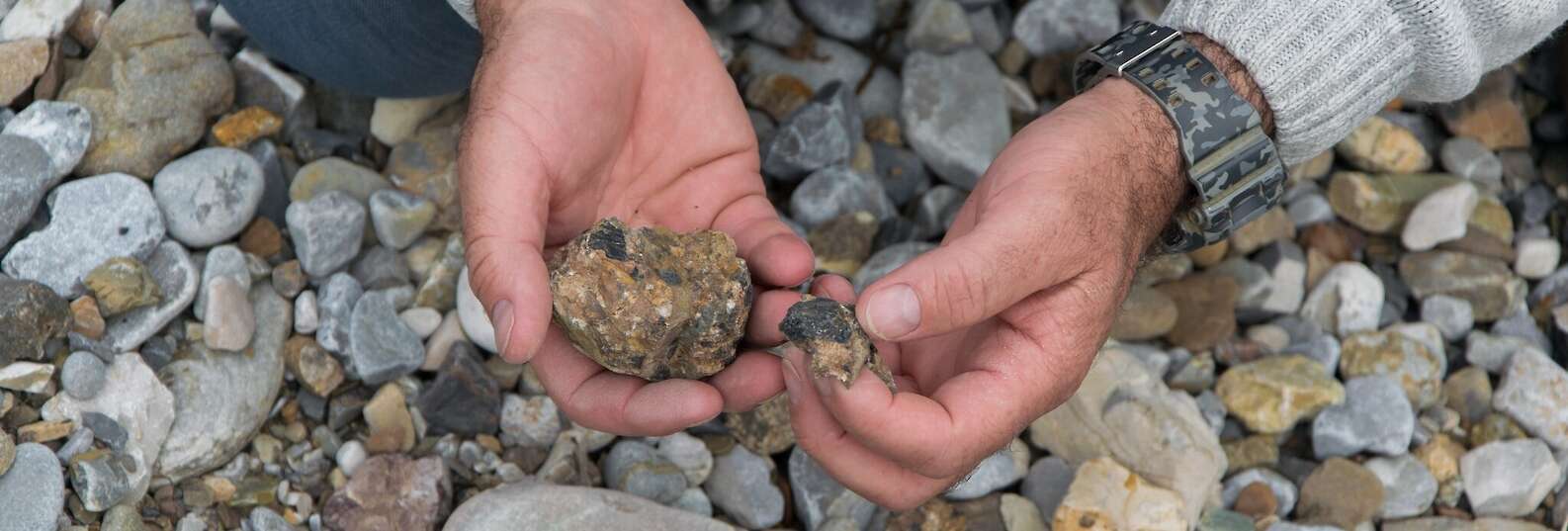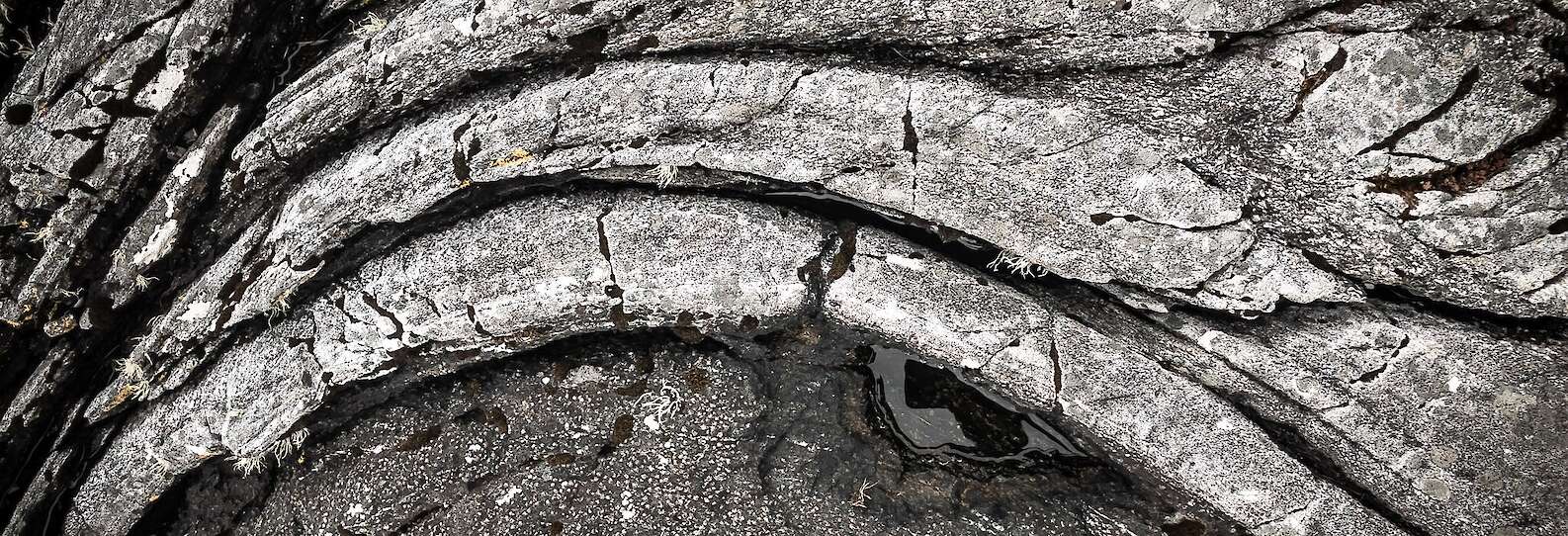The West Highland Peninsulas began to be shaped over 1000 million years ago when mud and sand were deposited on ancient seabed. This hardened into sedimentary rock below a high Caledonian mountain range more than 450 million years ago before glaciers carved out the highland glens you pass through as you journey across the peninsulas today. Then, about 60 million years ago, the earth's crust between Europe and Greenland split apart and a great volcano formed what is now the western part of Ardnamurchan.

The geology of the Peninsulas is of both national and international significance and they form an important part of the Lochaber Geopark because of the Moine rock that is found there and also because of the volcanic ring dyke in West Ardnamurchan that was formed beneath the great volcano which was last active over 1 million years ago.
The Ardnamurchan volcano was one of five along the Scottish west coast. The other 4 were on Mull, Rùm, Skye and Arran. It became active about 60 million years ago when what are now north America and Europe drifted apart and the Atlantic Ocean was formed. This caused magma deep in the Earth’s crust to rise to the surface and form a huge volcano. This was subsequently scoured away by glaciers during the Ice Age to become the volcanic crater or ring-dyke that you can see today, if you look carefully around you when you drive through it on the way to Sanna Bay.
The Moine rock which can be found across the Peninsulas, was formed when sediments from an ancient seabed became buried and heated under a high Caledonian mountain range to form metamorphic rocks. Then, as the earth’s crust moved, these were pushed up and over the volcanic rock that covered them to become exposed and visible to us today. If you look closely at these rocks as you walk through the landscape, you can clearly see the structure of the marine sediments from between 450-1000 million years ago.
There are great opportunities to view fossils at various places across the Peninsulas. In particular, the area around Kilchoan has rock from the Jurassic period and budding palaeontologists may find some fossils that have been exposed by the tide on the coastline to the west of the village.
